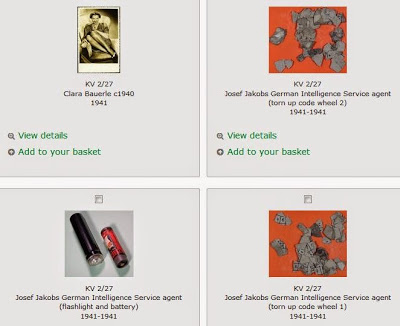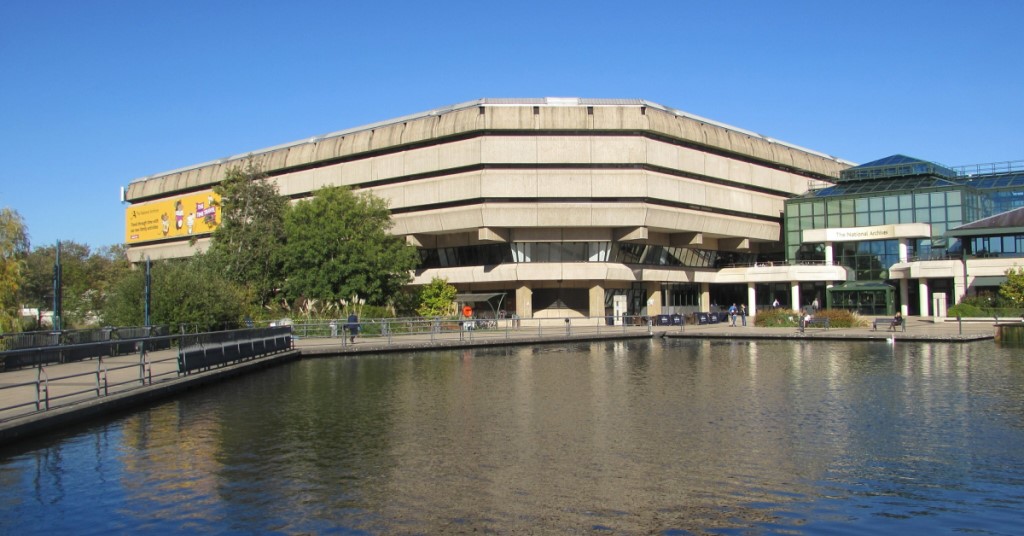A friend of mine recently told me that the Josef Jakobs files at the National Archives had been digitized. I took a look and, sure enough, it is now possible to purchase the KV 2 files for the princely sum of £3.30 each, which I think works out to just over $5 CAN.
Twelve years ago, when I first visited the National Archives after the files had been released, I paid £1.00 per page to have the files photocopied. About £800 or almost $1500 CAN, if I remember correctly. A worthwhile investment but it is still nice to know that the files are now available for a much more reasonable cost. I did, however, notice that the court martial file has not yet been digitized. Perhaps the Archives only digitizes “popular” items that have reached a certain threshold of views.
In addition, the National Archives has provided images of some of the artifacts and photographs in the Josef Jakobs files. The x-ray images of Josef’s fractured ankle from the KV 2/24 file are available for purchase. In addition, some images from the KV 2/27 file are available – the photograph of Clara Bauerle, the torn fragments of the code disc and a photograph of the flashlight and battery.

Image from the Image Library are a tad more pricey – £35.00 each to supply the image and then a reproduction fee based on the intended usage of the image.
I had a look through some of the other World War 2 spy files and found, much to my delight, that many of them have now been digitized. All four of Karel Richter’s files, for example, are available for download, as well as a number of photographs in the Image Library.
On the other hand, some of the CRIM (Criminal Courts), PCOM (Prison Commisioners) and WO (War Office) files on the spies have not yet been digitized.
The digitization of the KV 2 files makes research on the World War 2 far more convenient, particularly from a distance.
Header image –“Kew: The National Archives, Kew (Richmond upon Thames)” by michaelday_bath is licensed under CC BY-NC 2.0
